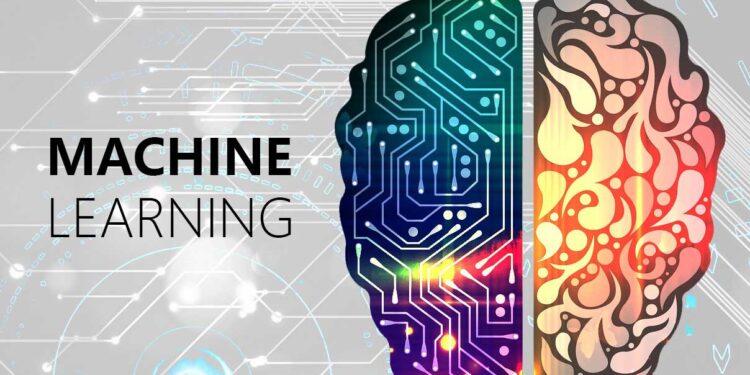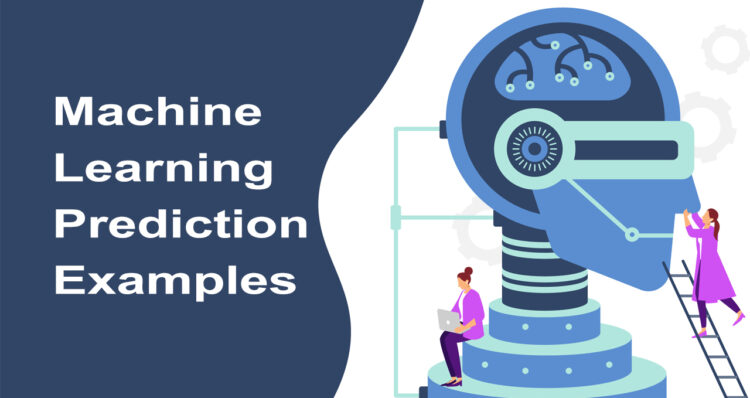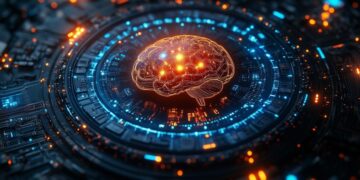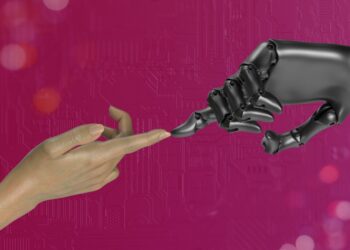Machine learning prediction is the ability of a model to predict future outcomes based on historical data. This technology is widely used across various industries to make predictions such as stock prices, sales forecasts, fraud detection, image recognition, natural language processing and more.
The prediction process is done by training a model on a dataset of historical data, after that the model will use the learned information to predict the outcome on new unseen data. These predictions can help businesses make better decisions, improve efficiency, and gain a competitive advantage.
In this overview, we will look at some examples of machine learning prediction in various industries, including stock market prediction, sales forecasting, fraud detection, image recognition, and more. These examples demonstrate the power of machine learning to make predictions and support decision-making in different fields.
Stock Market Prediction:
Machine learning algorithms can be used to predict the future movements of stock prices based on historical data such as stock prices, trading volume, and economic indicators.
For example, a supervised learning algorithm like Random Forest can be trained on historical stock prices and other relevant financial data to predict future prices. A time series prediction algorithm like ARIMA or LSTM can also be used to predict future stock prices based on historical data.
Sales Forecasting:
Machine learning algorithms can be used to predict future sales of a product or service based on historical sales data, marketing campaigns, and other relevant factors. For example, a supervised learning algorithm like linear regression can be trained on historical sales data and other relevant factors like promotional campaigns and weather conditions to predict future sales. Time series prediction algorithms like ARIMA or LSTM can also be used to predict future sales based on historical data.
Also Read: Machine Learning Role In Paraphrasing Tools To Avoid Plagiarism
Fraud Detection:
Machine learning algorithms can be used to detect fraudulent activity in financial transactions based on patterns and anomalies in the data. For example, an unsupervised learning algorithm like anomaly detection can be used to identify unusual patterns in transaction data that may indicate fraud. A supervised learning algorithm like Random Forest can also be trained on labeled data of fraudulent and non-fraudulent transactions to detect fraudulent transactions in the future.
Image Recognition:
Machine learning algorithms can be used to recognize objects, people, and actions in images. For example, a convolutional neural network (CNN) can be trained on labeled images of objects, people, and actions to recognize them in new images. The same algorithm can be used in object detection which is a more complex task that not only identifies the object in an image but also the location of the object.

Natural Language Processing (NLP):
Machine learning algorithms can be used to understand and generate human language. For example, a supervised learning algorithm like a recurrent neural network (RNN) or transformer can be trained on labeled text data to classify sentiment or generate text.
Also Read: How To Kick Start Your Machine Learning Career?
Recommender Systems:
Machine learning algorithms can be used to recommend products or services to users based on their preferences and behavior. For example, a collaborative filtering algorithm can be used to make recommendations based on the preferences and behavior of similar users.
Speech Recognition:
Machine learning algorithms can be used to transcribe and understand spoken language. For example, a deep learning algorithm like a recurrent neural network (RNN) or a transformer can be trained on labeled speech data to transcribe spoken language into text or to understand the intent of the speaker.
Drug Discovery:
Machine learning algorithms can be used to predict the activity of new molecules, which can accelerate the drug discovery process. For example, a supervised learning algorithm like Random Forest or neural networks can be trained on labeled data of molecules and their activity to predict the activity of new molecules.
Medical Diagnosis:
Machine learning algorithms can be used to support medical diagnosis by analyzing medical images and patient data. For example, a deep learning algorithm like a convolutional neural network (CNN) can be trained on labeled medical images to identify abnormalities or a supervised learning algorithm can be trained on patient data to predict the likelihood of a disease.
Autonomous Vehicles:
Machine learning algorithms can be used to enable autonomous vehicles to navigate, avoid obstacles, and make decisions based on sensor data. For example, a supervised learning algorithm like Random Forest or neural networks can be trained on labeled sensor data to enable the vehicle to make decisions such as braking or steering.
Conclusion:
In summary, machine learning prediction is a powerful technology that can be used to make predictions and support decision-making across various industries. The prediction process involves training a model on a dataset of historical data, which is then used to make predictions on new unseen data.
Some examples of machine learning prediction include stock market prediction, sales forecasting, fraud detection, image recognition, natural language processing, recommender systems, speech recognition, drug discovery, and medical diagnosis.
These examples demonstrate the ability of machine learning algorithms to analyze and make predictions based on historical data, and the potential for these predictions to improve efficiency, inform better decision-making and provide a competitive advantage for businesses.
As technology continues to advance, we can expect to see more and more applications of machine learning prediction in various industries in the future.













